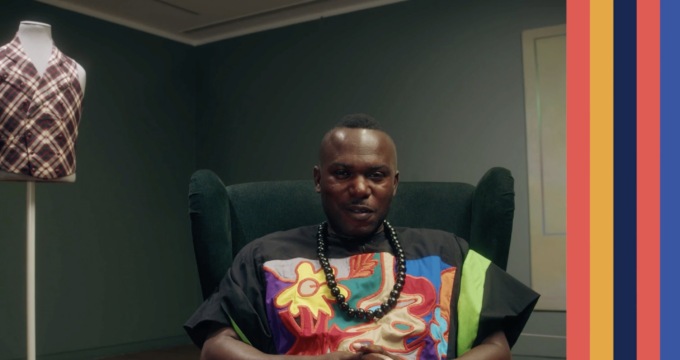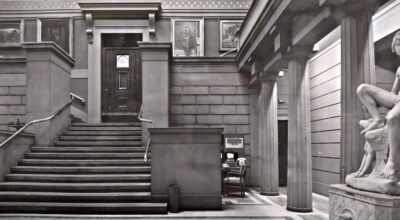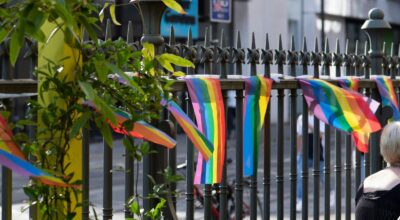Around the world people are demonstrating their outrage at the killing of George Floyd and with other cultural institutions we join in condemning racist oppression and violence. Like millions of others we have taken to social media, to observe #blackouttuesday, to take time to think about our position and to participate in providing a space for the amplification of black voices.
Deeds Not Words
As civic and public art institutions founded in the nineteenth century we need to do this with care and consideration. Our roots, and those of our city, are entangled with colonialism and capitalism, our prosperity built on manufacture, trade and empire – and this resonates today. We understand that it is critical to acknowledge and address structural racism, and show solidarity with local and global communities that are subject to racial inequality and discrimination. Yet we also know that actions speak louder than words – we must make practical and tangible contributions to change.
So what can an art museum do in this respect, beyond the symbolic?
MUSEUMS HAVE A GREAT CONVENING POWER, TO BRING PEOPLE TOGETHER TO SHARE, EXCHANGE AND CREATE POSITIVE FORMS OF CULTURE AND CONNECTING
Speaking up and speaking out
Both the Whitworth and Manchester Art Gallery have been working to decolonise and de-modernise the narrative of our collections and exhibitions. Recently, we have been inviting and supporting a wide range of constituents to use the museum to speak up and out to others and to provide space for a multitude of voices and experiences. Exhibitions such as Beyond Faith, Bodies of Colour, Four Corners of One Cloth and The Reno at the Whitworth; Speech Acts, Waqas Khan, Sonia Boyce and our new project with Jade Montserrat and INIVA here at Manchester Art Gallery are some examples of how we are trying to be part of the conversation and actively contribute to change.
We have also been updating our collecting policies – in our collecting today, we are working to rectify the historic imbalance between white male artists and other artists who have been side-lined. We want to collect art that is representative of all our communities, and this means continually educating ourselves and listening to a diversity of voices.




